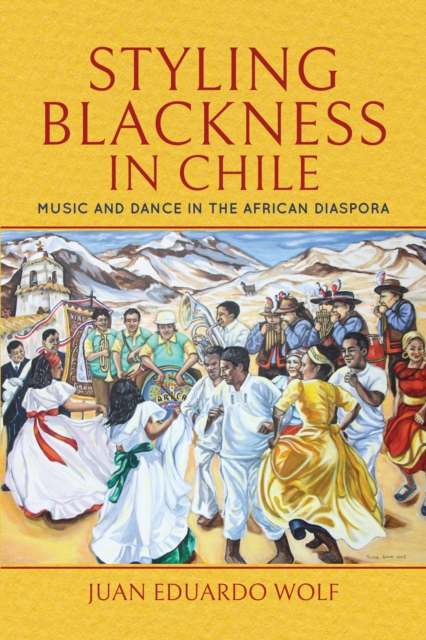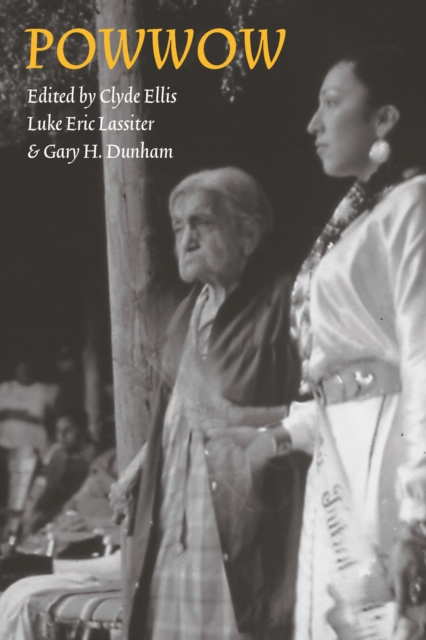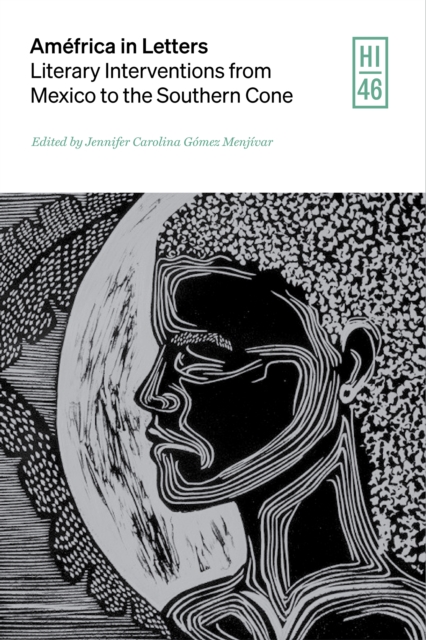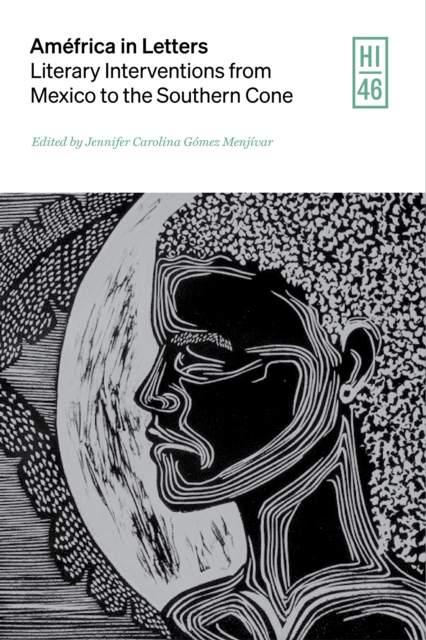An analysis of how Afro-Chilean performers of music and dance in Arica frame their Blackness in regards to other performers.Chile had long forgotten about the existence of the country's Black population when, in 2003, the music and dance called the tumbe carnaval appeared on the streets of the city of Arica. Featuring turbaned dancers accompanied by a lively rhythm played on hide-head drums, the tumbe resonated with cosmopolitan images of what the African Diaspora looks like, and so helped bring attention to a community seeking legal recognition from the Chilean government which denied its existence.Tumbe carnaval, however, was not the only type of music and dance that Afro-Chileans have participated in and identified with over the years. In Styling Blackness in Chile, Juan Eduardo Wolf explores the multiple ways that Black individuals in Arica have performed music and dance to frame their Blackness in relationship to other groups of performers-a process he calls styling. Combining ethnography and semiotic analysis, Wolf illustrates how styling Blackness as Criollo, Moreno, and Indigena through genres like the baile de tierra, morenos de paso, and caporales simultaneously offered individuals alternative ways of identifying and contributed to the invisibility of Afro-descendants in Chilean society. While the styling of the tumbe as Afro-descendant helped make Chile's Black community visible once again, Wolf also notes that its success raises issues of representation as more people begin to perform the genre in ways that resonate less with local cultural memory and Afro-Chilean activists' goals. At a moment when Chile's government continues to discuss whether to recognize the Afro-Chilean population and Chilean society struggles to come to terms with an increase in Latin American Afro-descendant immigrants, Wolf's book raises awareness of Blackness in Chile and the variety of Black music-dance throughout the African Diaspora, while also providing tools that ethnomusicologists and other scholars of expressive culture can use to study the role of music-dance in other cultural contexts."e;Wolf's work is exemplary as he critically addresses twenty-first-century deliberations on identity and cultural diversity across the African diaspora."e; -Yvonne Daniel, Smith College, Journal of American Folklore"e;Wolf's text is a solid contribution to current narratives of self-determination and positioning of Chile's Afro-descendant population. The book highlights the achievements that music and dance represent for social and cultural processes in Chile, which makes it useful to understanding other Afro-American narratives across the Americas."e; -Fernando Palacios Mateos, Ethnomusicology"e;The book itself will not only prove useful for academics interested in the music of Chile, Latin America, the African Diaspora, Blackness, and in semiotics, but is also written in a style that is accessible to upper-level undergraduates and above."e; -P. Judkins Wellington, City University of New York, Journal of Folklore Research
Get Styling Blackness in Chile by at the best price and quality guranteed only at Werezi Africa largest book ecommerce store. The book was published by and it has pages. Enjoy Shopping Best Offers & Deals on books Online from Werezi - Receive at your doorstep - Fast Delivery - Secure mode of Payment
Digital Rights Management (DRM)
The publisher has supplied this book in encrypted form, which means that you need to install free software in order to unlock and read it.
Required software
To read this ebook on a mobile device (phone or tablet) you'll need to install one of these free apps:
To download and read this eBook on a PC or Mac:
-
Adobe Digital Editions
(This is a free app specially developed for eBooks. It's not the same as Adobe Reader, which you probably already have on your computer.)
 Jacket, Women
Jacket, Women
 Woolend Jacket
Woolend Jacket
 Western denim
Western denim
 Mini Dresss
Mini Dresss
 Jacket, Women
Jacket, Women
 Woolend Jacket
Woolend Jacket
 Western denim
Western denim
 Mini Dresss
Mini Dresss
 Jacket, Women
Jacket, Women
 Woolend Jacket
Woolend Jacket
 Western denim
Western denim
 Mini Dresss
Mini Dresss
 Jacket, Women
Jacket, Women
 Woolend Jacket
Woolend Jacket
 Western denim
Western denim
 Mini Dresss
Mini Dresss
 Jacket, Women
Jacket, Women
 Woolend Jacket
Woolend Jacket
 Western denim
Western denim
 Mini Dresss
Mini Dresss










